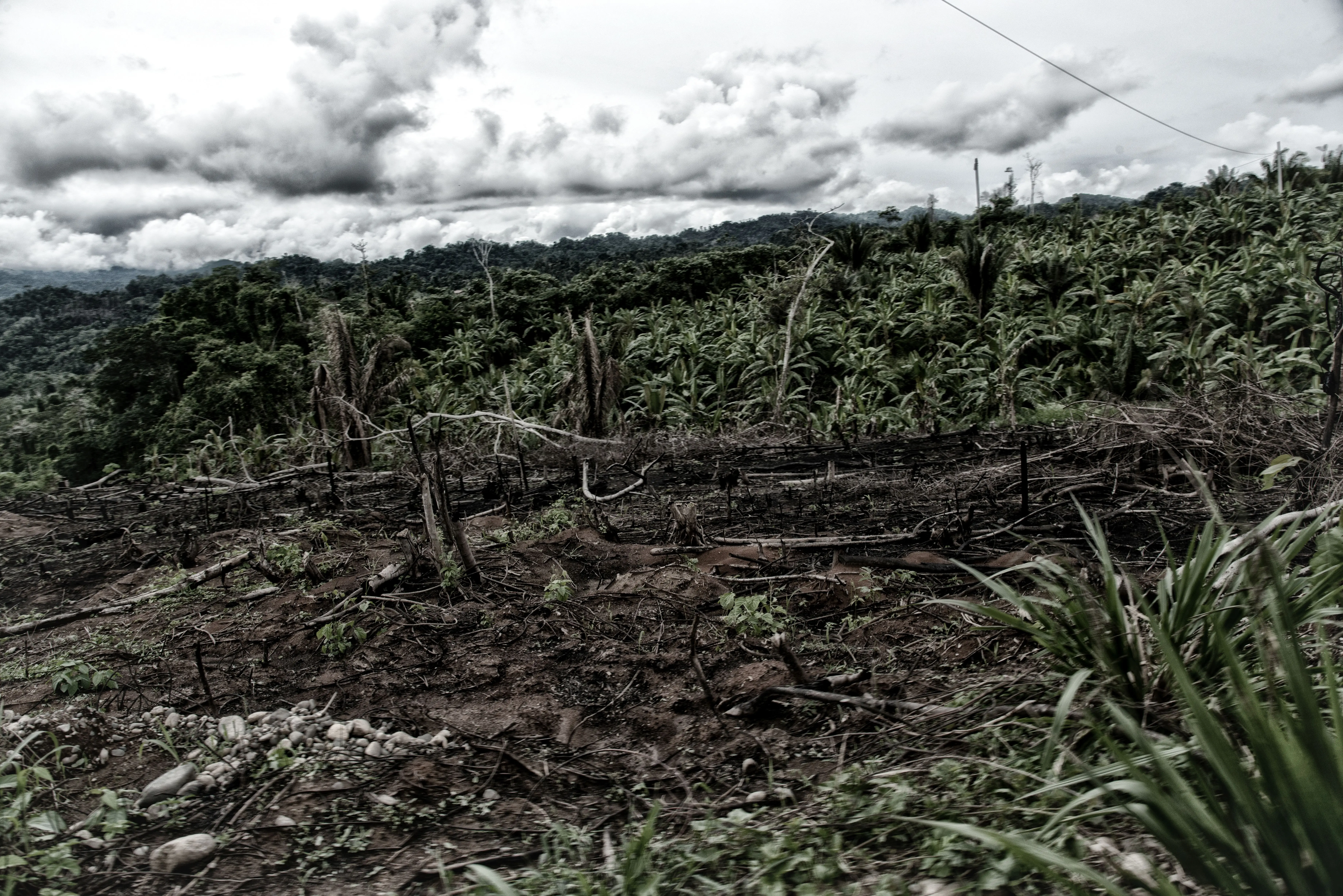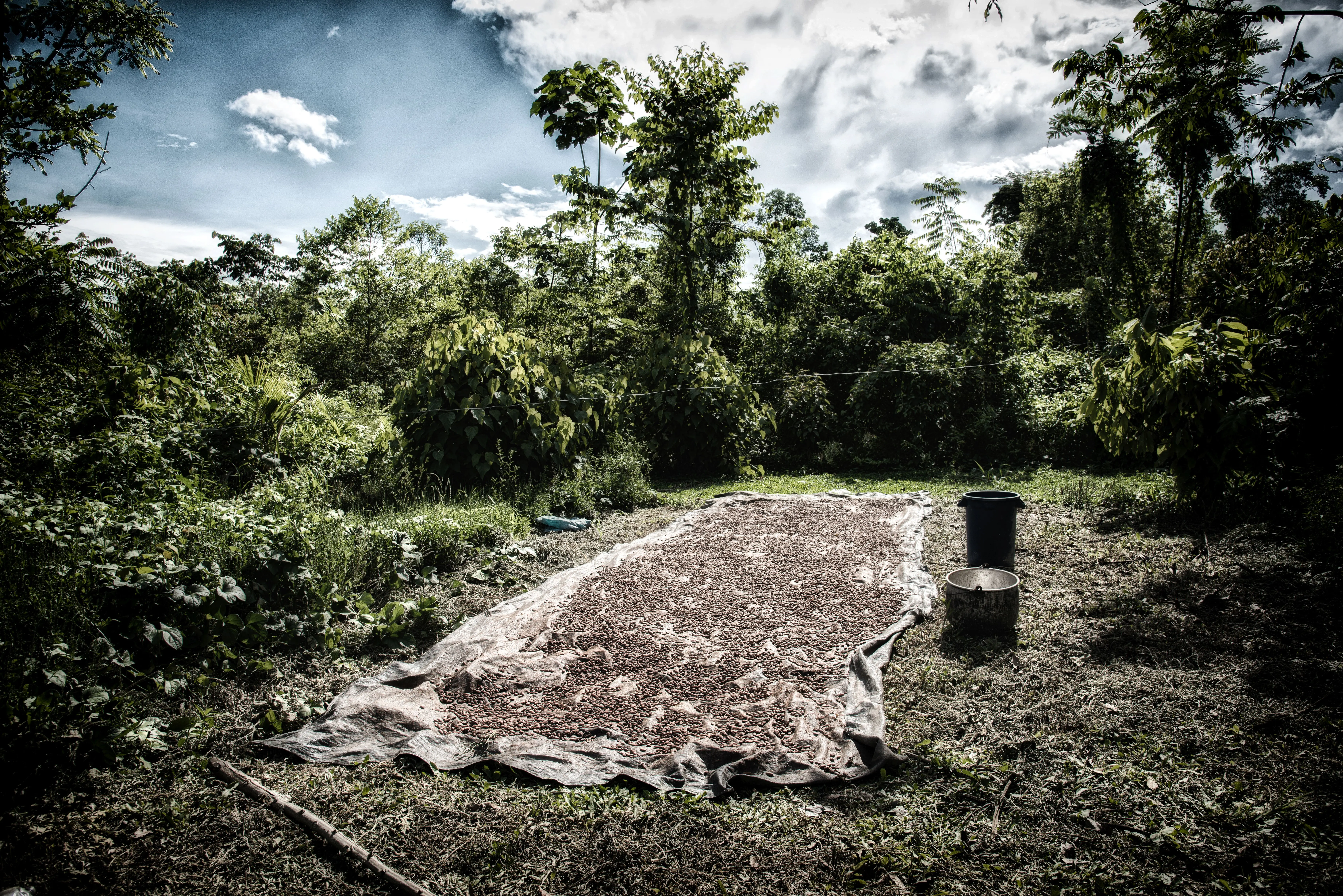Below is an excerpt of the report, which was originally written in Spanish and posted on the Convoca website. To read the original story in full, click here.
From the edge of the Ene River, one can see the immense forest expanding through the Cutivireni Asháninka community in Junín, in the central jungle of Peru. Not long ago, in a sector of Pamaquiari, community members planned to cut down and burn two blocks (about 200 meters) of trees and bushes to grow cocoa and bananas on the cleared land. This is a traditional practice in indigenous and peasant communities dedicated to subsistence agriculture, which in recent months they have not been able to control. The force of the wind spreads the fire during the felling and burning of the trees and a wide extension of wooded land is razed to the ground.
"To plant sesame, we have to slash and burn, otherwise it doesn't produce. We have not been able to stop the fire," says a community leader from the Pamaquiari annex in Cutivireni, who prefers not to be identified for security reasons. This community is close to drug trafficking zones and recently there have been reports in other regions of the Amazon of the murder of indigenous leaders who protect their forests from criminal networks.

Whistleblowers and others in possession of sensitive information of public concern can now securely and confidentially share tips, documents, and data with the Pulitzer Center’s Rainforest Investigations Network (RIN), its editors, and journalists.















